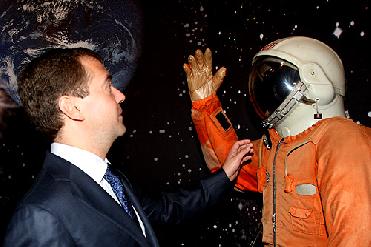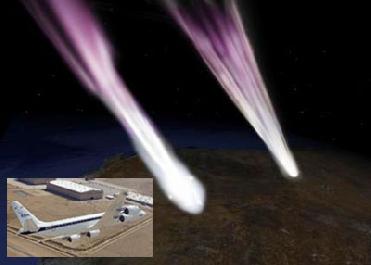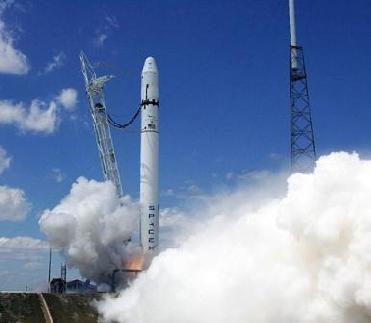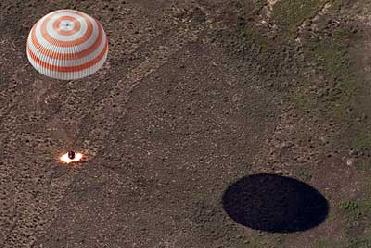
A file photo of Russian President Dmitry Medvedev visiting an exhibition at the Yuri Alexeyevich Gagarin Memorial Museum in Smolensk region of Russia
NEW DELHI (BNS): Nearly three decades after IAF pilot Rakesh Sharma became the first Indian to venture into space, another Indian astronaut will embark on a similar mission aboard a Russian spacecraft in the next five years.
�
The mission, tentatively scheduled for 2013, will be the precursor to Indian Space Research Organisation's (ISRO) maiden human spaceflight planned to be launched in 2015.
�
India and Russia signed a Memorandum of Understanding on Joint Activities in the Field of Human Spaceflight Programme during the recent visit of Russian President Dmitry Medvedev.
�
Addressing the media here recently, ISRO Chairman G Madhavan Nair said that as per the agreement, an Indian astronaut would first go on a space mission on a Russian spacecraft. This will be followed by an Indian manned mission to space in 2015.
�
Under the MoU inked by Nair and his Russian counterpart Anatoly Perminov, the Indian space agency will join hands with Russian space agency Roskosmos in developing the spacecraft for the mission.
�
Nair said that ISRO would be re-designing Russia�s Soyuz space capsule for the mission. After the completion of the mission, the spacecraft, to be placed in a low earth orbit, will splash into the Indian Ocean.
�
ISRO is planning to send a two-member crew on a week-long sojourn in space to study all aspects of the manned space mission. For this, the Government has sanctioned Rs 95 crore. Plans are also afoot to set up an astronaut training centre in Bangalore. Four members will be trained from a batch of 200 and two of them will go for the space mission.
�
Among India's other plans are -- sending a manned lunar mission by 2020 and a mission to Mars by 2030. Riding high on the success of Chandrayaan-1, the country's maiden lunar mission, India and Russia are working on Chandrayaan-2 which will land a rover on the moon.
�
An agreement to this effect was signed during Prime Minister Manmohan Singh's visit to Moscow last year and both countries have already begun technical discussions for the Chandrayaan-2 project.
�
According to ISRO, the human space flight mission holds immense potential in terms of telemedicine and material science, and would involve various work packages before it is launched.
�
It includes development of human-rated GSLV, an escape system, an environmental life support system, thermal protection system for re-entry into the earth's atmosphere, facilities for training astronauts and crew and with mission management system in place with man being in the loop, the space agency said.
ISRO had sent a capsule to space in 2007 which was recovered after keeping in orbit for 22 days. The capsule, Space Recovery Experiment (SRE), was seen as a technology demonstrator for future manned missions.
�
India has joined hands with Russia on many collaborations and it also includes working on launch vehicles for future space missions. Both sides will set up the India-Russia Centre for Technology Transfer.
�
India launched its first satellite Aryabhatta in 1975 which was followed by another successful launch in 1980. Indian Air Force pilot Rakesh Sharma became the first Indian astronaut to travel to outer space on an Indo-Soviet mission onboard Salyut-7 on April 2, 1984.













The Indian Air Force, in its flight trials evaluation report submitted before the Defence Ministry l..
view articleAn insight into the Medium Multi-Role Combat Aircraft competition...
view articleSky enthusiasts can now spot the International Space Station (ISS) commanded by Indian-American astr..
view article